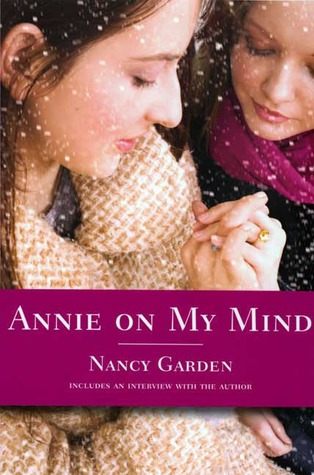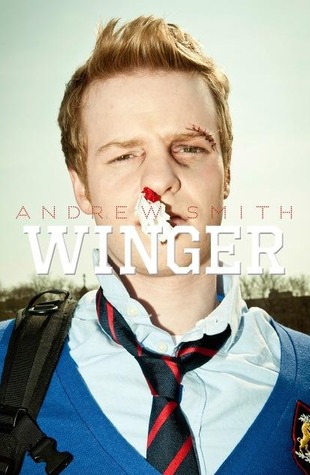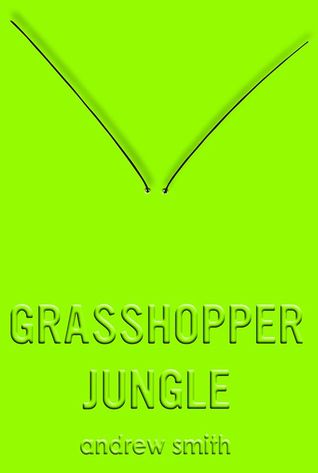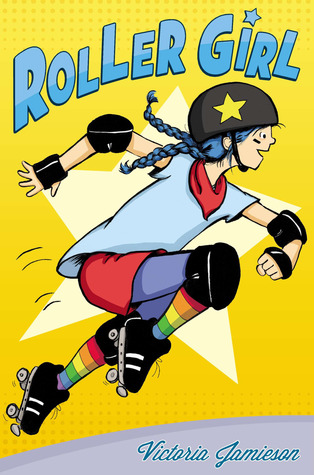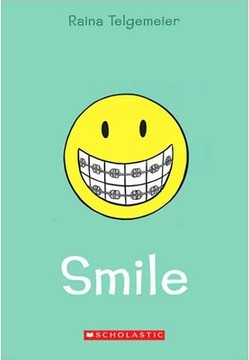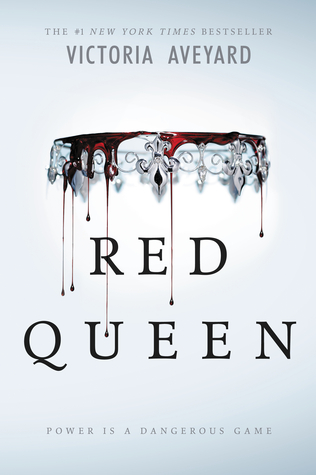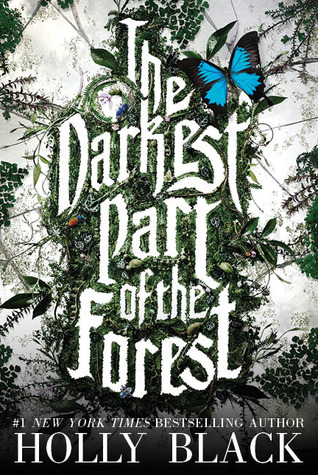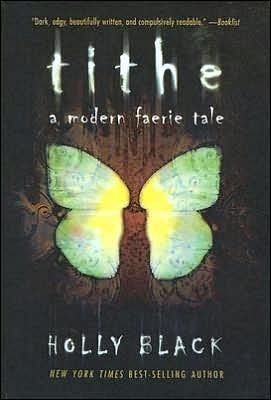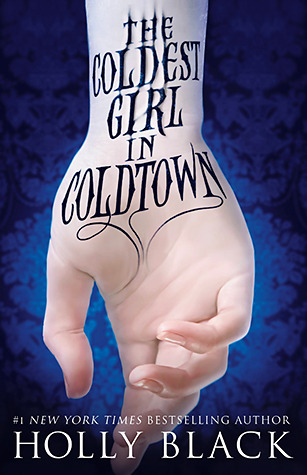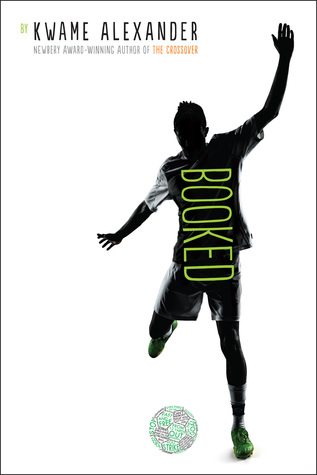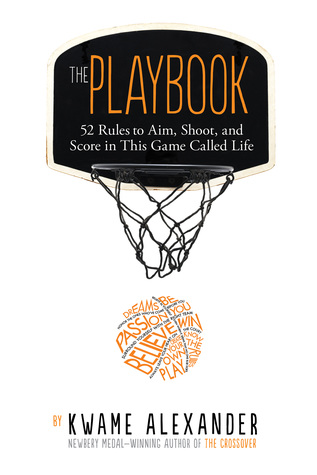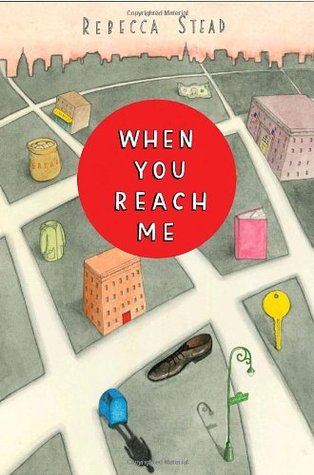Gephart, D. (2016). Lily and Dunkin. NY: Delacorte
17. Requirement met: required book
My take: I found being inside the mind of someone with bipolar disorder to be quite fascinating. His mind really keeps things from being seen as we see them. The longer he went without his medication, the more confusing and overwhelming the world was for Dunkin. It was heartbreaking to watch and I was completely surprised to learn that his father was dead and that Phineas was not real. Tim's story is also heartbreaking but in a different way. I found his frustration and difficulty more believable than the one portrayed in the story George. The dialogue here between Tim and Dare and Sarah was far more age appropriate and believable than in George's story. I also appreciated that in Lily's case, there were healthy, responsible adults in the picture.
Textbook Tie-in: Lily and Dunkin are equally the protagonists who are struggling with secrets and want badly to trust each other and be friends. The antagonist, Vasquez, seems to determined to keep them apart and make Tim miserable every chance he gets. The alternating narration allows readers to hear both Lily and Dunkin's thoughts and experience their struggles first hand, which is excellent for developing empathy for the characters. I found myself rooting for both of them but their circumstances seemed so difficult and painful at times. As an educator, I'm grateful to have read about their struggles and the author did a great job of conveying the feelings of these characters.
Extensions: Random House has created an Educator's/School Counselor's guide that can be found here. The sixteen page guide contains information specifically for teachers with pre-reading activities, classroom discussion topics and curriculum connections. The Counselor's guide is more focused on small group conversations dealing with both transgender teens and students with bipolar disorder. There is also a list of websites for additional information.
Sartrapi, M. (2004). Persepolis. NY: Pantheon
18. Requirement met: required book
My take: I found Marji's outspoken nature to be rather dangerous given the hostility she expresses and how often her parents made her aware that she didn't fully understand what she was saying. There were some elements of the Islamic laws that she openly criticizes that I found very interesting, like the wearing of the veil and the lies they told young boys to get them to volunteer to fight. When I think of war-riddled Iran, Marji's family and the way they lived certainly wasn't what I imagined. I learned a lot about their culture, their ideas and how their history shaped who they are.
Textbook Tie-in: This book is so much rolled into one! Historical, auto-biographical and in a graphic novel format. The illustrations are so effective in telling the story and are able to express her thoughts and fears in ways that words cannot. When answering the question of why we share literature with children, this book teaches empathy and transmits culture through Marji's experiences without being too heavy for students to handle.
Extensions: Here is a link to a readwritethink lesson plans for high school students who need to improve comprehension.
This site offers a guide for teaching Persepolis with links to resources to help students with background information, lesson activities for teachers while reading the book and summation activities for the story.
Harris. R. (2009). It's perfectly normal. Boston, MA: Candlewick Press
19. Requirement met: required book
My take - The first time I was introduced to this book was in my children's lit class during my first semester in grad school. I found this to be a questionable choice for children, thinking it was more appropriate for older students. I was relieved to hear Dr. Lesesne say that this book was replaced by a different book aimed at young students for her children's lit class. While this book has good scientific information, I do not feel it applies to elementary students.
Textbook tie-in: This nonfiction book has a great layout and is easy to locate information. The illustrations are unique as they are realistic, yet at the same time cartoonish. Many different body types are used throughout the book. Harris covers a wide range of topics that young adults might be too embarrassed to ask about and does so in a safe environment. When considering that students may seek some of this same information on the internet, It's Perfectly Normal offers safe explanations and facts about sex and body development.
Connections: My sister teaches high school credit Health and I can't help but feel this book would be a good fit for that class. According to my sister, students ask about everything already covered in this book and they have some very confused ideas about many of them. She has to clear up many misconceptions. Other books by Harris written for younger students
Garden, N. (1982). Annie on my mind. NY: Farrar Strauss Giroux.
20. Requirement met: required book
Summary: Liza Winthrop is a smart 17 year old from a wealthy family who by chance meets an intriguing girl named Annie at the museum one day. Liza feels a strange connection to Annie and is confused by her feelings towards her. When her small private school puts pressure on her as the student council president to help save the school, Liza draws closer to Annie and is consumed with thoughts of her when they aren't together. Annie and Liza are forced to deal with their physical feelings for each other and whether they consider themselves to be gay. When Liza offers to petsit for her teachers who are on vacation, she and Annie suddenly have a place to be alone and when they finally give into temptation, they are caught by two people from Liza's school. Not only does this reveal the nature of Annie and Liza's relationship but it also outs the two lesbian teachers that everyone just assumed were roommates.
Textbook tie-in: Annie on My Mind is realistic fiction where the conflict is the budding romance between two high school girls. The story is told in first person, from Liza's perspective and is told as a memory rather than when it is actually happening. Readers are aware that Liza and Annie are not currently talking and slowly learn why as the story is being told. According to nancygarden.com, the book has won the following awards: ALA Best Books for Young Adults; ALA/YALSA Best of the Best; Booklist Best; Booksellers' Choice; ALA/YALSA 100 Best Books for YAs.
Extensions: This book would make for an interesting discussion during Banned Book Week by discussing the Kansas City controversy and comparing it to books written today on the same topic.
Smith, A. (2014). 100 sideways miles. NY: Simon & Schuster.
21. Requirement met: Required author Andrew Smith
Summary: Finn Easton lives in California, plays baseball and spends most of his time with his best friend Cade Hernandez. Finn's father is an author made famous when he wrote a book about an alien boy named Finn with different color eyes and a strange scar on his back. The only problem with this is that this perfectly describes Finn, who measures time in the distance the Earth travels. Because of a freak accident as a child, Finn suffers seizures that tend to happen at the worst possible moments. When a new girl moves to town, Finn quickly falls in love with beautiful Julia Bishop who helps him realize he isn't actually the character trapped inside his father's book. When Julia suddenly has to move back to Chicago, Cade and Finn alter their much anticipated road trip to a college in Oklahoma to surprise Julia. Along the way, they become heroes when they see a car go off the side of the road. They jump into action, diving off bridges and risking their lives to save a man and his grandson trapped in a van in the river. The journey taught Finn much about himself, his best friend Cade and the life he wants to lead outside of his father's book.
My take: It was a little tricky to write a summary for a book with such a weak plot. I found this book to be a little pointless. When I'm in the middle of a book, I'm always trying to think what might happen next and ask myself, "Why I'm reading this book?" All I could come up with about this one is "Will Finn have sex with Julia?" Nevermind that Julia had recently been raped which was completely glossed over by the author. The only interesting plot point came when the boys rescued the man and boy from a sinking car, which came when there were only 40 pages left in the book. Finn was obsessed with expressing the measurement of time by the millions of miles the Earth moved and it was quite annoying. Other words or phrases overused in this book include knackery, scattered atoms, boners, "twenty miles" (instead of one second), dead horses falling from the sky and references to the father's fictitious book. I never could buy that a kid as smart as Finn claimed to be really believed he was trapped in his father's book and his horribly obnoxious best friend Cade was the only well developed character in the whole book, and he was awful! The only redeeming quality I found was Finn's relationship with his dad. They are very close and there are some funny and endearing conversations they hold over coffee on the patio.
Textbook Tie-in: This book offered nothing in the way of valuable experiences for readers to learn from or relatable characters to live vicariously through. This book might appeal to high school boys who think its funny to act like they're 13, but otherwise I'd have a difficult time finding the right audience for this one. The characters do not go through any sort of growth through the course of the story other than Finn finding a girlfriend and learning how to have a long distance relationship with her. The book is realistic fiction, but so often it references the fictitious science fiction novel by his father, that its hard to tell where one book ends and the other begins.
Other books by Andrew Smith
Schmidt, G. (2015). Orbiting Jupiter. NY; Clarion Books
22. Requirement met: Winner of Best Fiction for Young Adults
My take: This book was equally sad and sweet. Its a quiet little story where the focus is on the relationship between Jack and Joseph, who share very little in common. Its a good example of how life can be a product of your upbringing and Jack's and Joseph's couldn't be more different.
Textbook Tie-in: This is an interesting story where the readers immediately ask themselves, what would I do in Jack's shoes or how would I treat Joseph? There are many examples in this book of people who can't look past Joseph's rough exterior to see the young, hurting boy who lost the girl he loves and desperately wants to find his daughter. While the characters in the story are young, the appeal for this one is broad and serves as a good reminder that life certainly isn't fair. Jack experiences the most growth in this book, going from the kid who is reluctant to accept this new family member to statements like "I had his back. And he had mine. That's what greater love is."
Connections: Joseph is a victim in every sense of the word. This would be an interesting book to read with middle school students and have them look at the world through both Jack and Joseph's eyes. What makes Joseph who he is today? In what ways are the fathers in the book critical to the life their sons lead? How would you feel if Joseph was sitting in your class?
Jamieson, V. (2015). Roller Girl. NY: Dial Books for Young Readers
23. Requirement met: Award winner Quick Picks
Summary: Astrid and her best friend Nicole are 12 years old, about to head to middle school and do everything together. After Astrid's mother takes the girls to a roller derby, Astrid falls in love with the sport and imagines that she is a strong, tough roller girl. When she signs up for Roller Derby Camp, she assumes Nicole will love the idea and join her. Nicole has other ideas as she feels drawn to dance and a new friend that isn't too nice to Astrid. Astrid has to hide her concerns about Nicole from her mother while also lying about catching a ride to camp with Nicole's mother. When roller derby proves to be more difficult than Astrid imagined, she doubts herself but a new friend gives her the boost of confidence she needs to keep going. Astrid is ultimately forced to deal with her friendship with Nicole and she gets her chance to prove herself as a real roller girl.
My take: My students loved this book this year and were thrilled when it won the Bluebonnet Award of the year. I really enjoyed this book and found it quite funny. Jamieson has a clever way of telling this unique, well-developed story. I was lucky enough to meet Jamieson at the TLA Bluebonnet luncheon in April and get a signed copy of Roller Girl as well as an ARC of her newest book. Those were fun to bring back and show my kids.
Textbook Tie-in: This is a realistic graphic novel told from Astrid's point of view. The struggles she faces are common and relatable to many middle grade students as they mostly deal with growing up and friendship. The book has a light hearted tone and makes for a fun read.
Extensions: While its popularity is in large part due to the graphic novel format, this book has well developed story elements. This would be a popular choice for a class book study with a look at the characters and the struggle they face as they're growing up. Boys and girls can relate to finding what you love and how difficult it can be to keep friends as you grow up and sometimes grow apart.
Telgemeier, R. (2016). Ghosts. NY: Scholastic
24. Requirement met: required author Raina Telgemeier.
Summary: Catrina and her family must move to the coast of Northern California for the cool, salty air that will benefit her sister Maya who suffers from cystic fibrosis. Catrina, or Cat, isn't happy about the moving away from her friends but Maya's health is more important than any of that. When the girls set out to explore their new town, they discover that ghosts inhabit much of the area and their new neighbor is willing to show them around. Maya is excited about the idea of ghosts but Cat is not so sure. Cat wants to make her sister happy, but is also worried about her health as she is out looking for ghosts. The story culminates when Cat and Maya celebrate Dia de los Muertos and see the ghosts of their loved ones.
My take: I chose Ghosts because it was the only Telgemeier book I could get in my library. Our copies of Smile and Sisters were always checked out! I talked with a few of the 5th grade girls and this was their least favorite Telgemeier book. After reading it, I have to say that I was far more charmed by the illustrations than the story. I found the plot to be a little shallow and the ghost storyline to be a little strange. It certainly wasn't my taste and I actually found the story to be kind of sad.
Textbook Tie-in: Ghosts is a fantasy told in a graphic novel format. The illustrations are colorful and appealing with a young target audience of about 10-13 year olds. There are cultural elements within the story regarding family and Dia de los Muertos, but may not be historically accurate. Some reviews I read took issue with many of the inaccuracies regarding the culture in the book.
Connections: Other books by Raina Telgemeier...
Block. F. (2009). The waters & the wild. NY: Harper Collins.
25. Requirement met - required author Francesca Lia Block
My take: So much effort was made to write this book lyrically and with beautiful, flowing language that the plot was a little hard to find. I found myself completely lost several times with a shifting omniscient narrator talking about characters that were never properly introduced. The potential to develop these unique characters was instead spent on describing the gardens or pathway to the beach. While these things all are significant to the changeling world Bee really belonged in, they consumed too much of the 113 page book. In the end, the expectation to believe that the new Bee, who totally changed her personality and look, was welcomed with open arms by her family and the popular kids was just too bizarre. **This book does something that drives me crazy!! When I'm lost (or trying to get lost) in a book, particularly one that is fantasy, I hate when the author throws in references to trendy topics. This book could be timeless except for the unnecessary mentions of Google, Wikipedia, or American Idol. It so distracts from the beautiful language that Block creates.
Textbook tie-in: The Waters and the Wild is a blend of realistic fiction and fantasy. The setting is entirely realistic, switching from Bee's home, their school and other locations around Los Angeles. Like other Block books, LA is almost a character itself. She has a way of describing LA that shows her love of the city. The theme of not fitting in is popular in YA literature and these 3 main characters certainly have some unique tendencies that prevent them from being invited to the popular table. There is no growth of the main character which makes the resolution even harder to grasp because the main character literally disappears. Again, so much attention is spent of the language that the quick jump in the end is confusing and unfulfilling.
Extensions: Block uses a few poems throughout the book as they fit into the plot and relate to changelings or doppelgängers. One poem in particular by Yeats is the inspiration for title for the book.
For he comes, the human child,
To the waters and the wild
With a faery, hand in hand,
From a world more full of weeping than the can understand.






